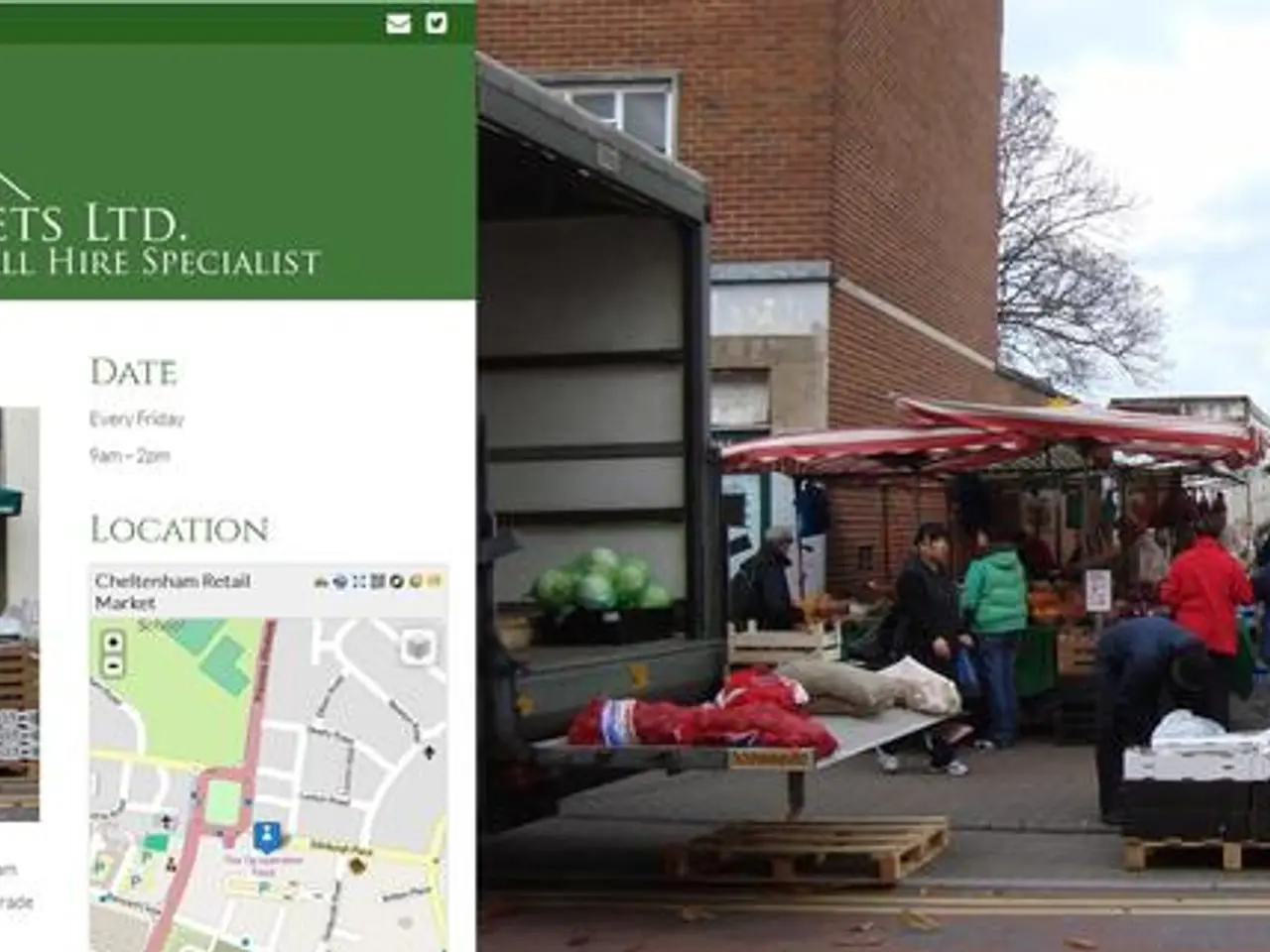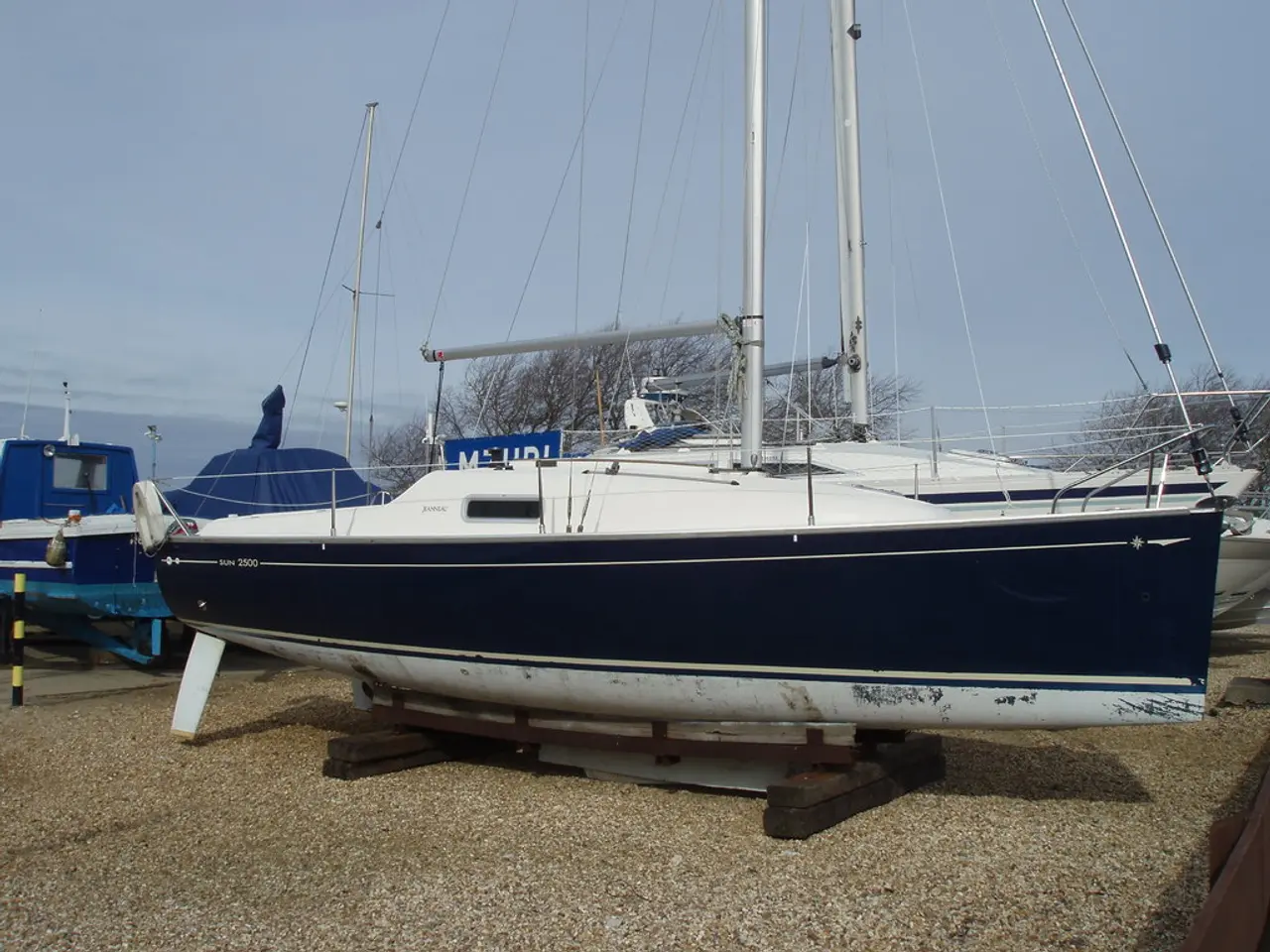Rivalry in lending sector intensifies, according to Frost CEO's statement
Frost Bank Faces Intensified Competition in Texas Commercial Real Estate Lending
Frost Bank, a prominent banking institution in Texas, is navigating a more competitive landscape in the commercial real estate (CRE) lending sector. The bank's CEO, Phil Green, acknowledged the stiffening competition, noting that loans lost to other banks due to deal structure reached the second-highest quarterly level ever in Q2 2025 [1][2].
Key aspects of the impact include:
- Frost Bank's Experience: Frost Bank is losing more lending opportunities in commercial real estate to competitors, driven by market competition and deal structuring preferences. The CEO emphasized CRE as probably the most competitive lending asset class currently [1][2]. This means Frost must be more strategic and flexible in structuring loans to retain market share.
- Market-wide Dynamics: After a period of lending caution due to prior CRE challenges, the market has fewer deals but more participants competing for each opportunity, intensifying competition. The CRE debt market is rebounding and expanding, with projections showing a surge past 2024 loan volumes in securitized loans, agency loans, and large single-borrower loans [3]. This resurgence creates a more aggressive environment for banks like Frost and others.
- Broader lending trends in Texas: Alongside Frost's challenges, other lenders such as Dallas-based HALL Structured Finance are re-entering CRE office lending with substantial loans, exemplified by a $30.8 million loan for an Uptown Dallas office tower [5]. This suggests non-traditional or specialized lenders are also stepping up, adding to competitive pressure.
- CRE Capital Markets: The capital markets for CRE debt in 2025 show increased activity with government-sponsored entities (Freddie Mac, Fannie Mae) and private capital sources accelerating loan originations, making lending conditions highly active yet selective [3].
In addition to these challenges, Frost Bank's non-interest expenses increased by 9.5%, to $347.1 million, in the quarter, largely due to hiring connected to the expansion [6]. Despite the increased competition and expenses, Frost Bank's CFO stated that the bank remains a stable bank in Texas [7].
Frost Bank's expansion efforts have resulted in the addition of nearly 69,000 new households as customers and the generation of approximately $2.7 billion in deposits and $2 billion in loans by the end of the second quarter [4]. The bank expects its overall expansion efforts to be accretive to earnings in 2026 [4]. Furthermore, about 24% of new commercial relationships at Frost Bank were brought in through the expansion, and expansion represented about 37% of total loan growth and 44% of total deposit growth, year over year, for Frost Bank [8].
The bank is also seeing growth potential in cities like Fort Worth, San Antonio, Fredericksburg, and Kerrville [5]. However, Frost Bank is cautious about offering lenient loan structures to avoid getting into trouble, as competition is coming from banks of all sizes, but Frost is experiencing more pressure from smaller banks [8].
[1] Frost Bank Q2 2025 Earnings Release [2] Frost Bank Q2 2025 Earnings Call Transcript [3] CRE Finance Council 2025 Market Outlook [4] Frost Bank Press Release: Q2 2025 Earnings [5] Dallas Business Journal, HALL Structured Finance Returns to CRE Office Lending [6] Frost Bank Q2 2025 Earnings Release [7] Frost Bank Q2 2025 Earnings Call Transcript [8] Frost Bank Q2 2025 Earnings Call Transcript
In light of the intensified competition, Frost Bank must be more strategic and flexible in structuring loans in the commercial real estate (CRE) lending sector to retain market share, demonstrating the need for a strong understanding of industry trends and finance dynamics. With the resurgence of the CRE debt market and an increase in the number of participants, the business landscape becomes more competitive, indicating a need for banks to stay agile and responsive.




